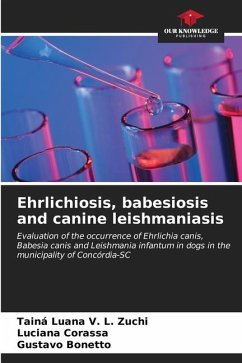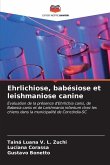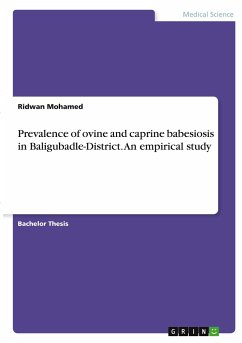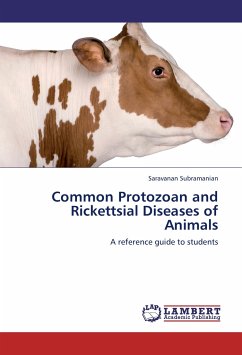Ehrlichiosis, babesiosis and leishmaniasis are vector-borne diseases with a high incidence in many countries around the world. The causative agent of canine ehrlichiosis is Ehrlichia canis, while Leishmania infantum causes canine visceral leishmaniasis. Babesiosis is another disease caused by haemoparasites, the protozoa of the large Babesia spp family. Diseases caused by haemoparasites can trigger similar clinical and laboratory changes in the host, which can lead to conflicts when it comes to diagnosis. And often, because they share vectors, the animals could be co-infected. In addition, leishmaniasis is a zoonosis that is very harmful to human health. With this in mind, the aim of this study was to assess the occurrence of these diseases in the municipality of Concórdia, in the west of Santa Catarina, using the Indirect Enzyme-Linked Immunosorbent Assay (ELISA), Indirect Immunofluorescence Reaction (RIFI) and Polymerase Chain Reaction (PCR) tests. This book is aimed at veterinary medicine students, as well as trained professionals and researchers in the field.
Bitte wählen Sie Ihr Anliegen aus.
Rechnungen
Retourenschein anfordern
Bestellstatus
Storno








